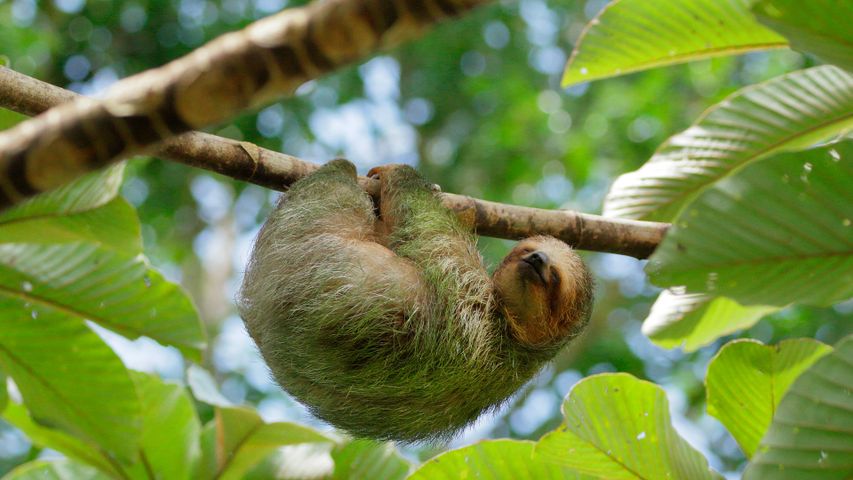Desert elephant with calf feeding on tall grass, Namibia
© Christophe Courteau/Minden Picture
A mother's love. Mothering Sunday
For one Sunday in March, the United Kingdom, Ireland and some Commonwealth countries take a break from the usual hustle to honour mums with flowers, cards and the occasional burnt toast in bed. Mothering Sunday isn't just Britain's version of Mother's Day—it has a history that predates the modern celebration by centuries. In medieval England, it was a religious occasion when people returned to their 'mother church'—the main church or cathedral in their area. This pilgrimage often led to family reunions, giving servants a rare day off to visit home. Naturally, a visit to mum was part of the tradition, and over time, the religious aspect blended with a more personal celebration.
By the early 20th century, Mothering Sunday had faded from popularity, overshadowed by industrialisation and changing social norms. But thanks to a campaign in the 1910s and 1920s by Constance Adelaide Smith, it made a comeback. Inspired by the American Mother's Day, she pushed for a revival, linking it to existing British traditions. By the mid-20th century, the day had regained its status as an annual event dedicated to mothers. Today, Mothering Sunday is a blend of old and new traditions. While church services still acknowledge their religious roots, the day is largely about showing appreciation for mums, grandmothers and mother figures. Whether it's a Sunday roast or just spending time together like these desert elephants in Namibia, however you choose to celebrate, make sure mom knows she's cherished.
Related Images
Bing Today Images

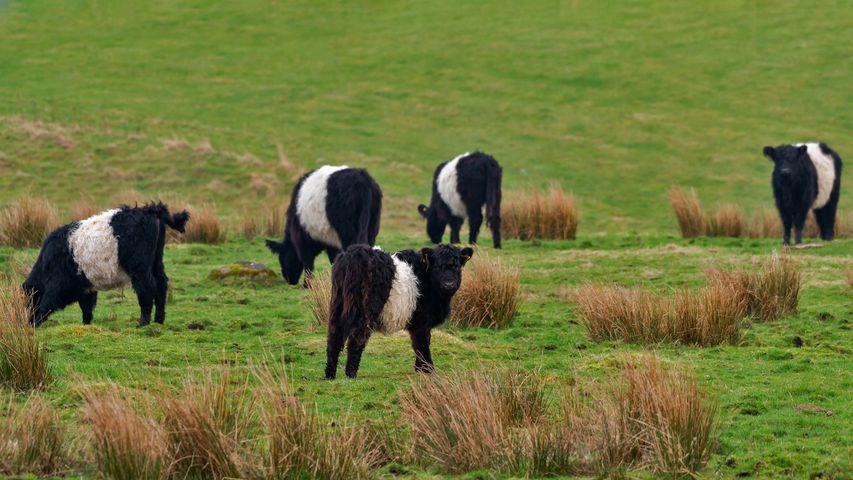

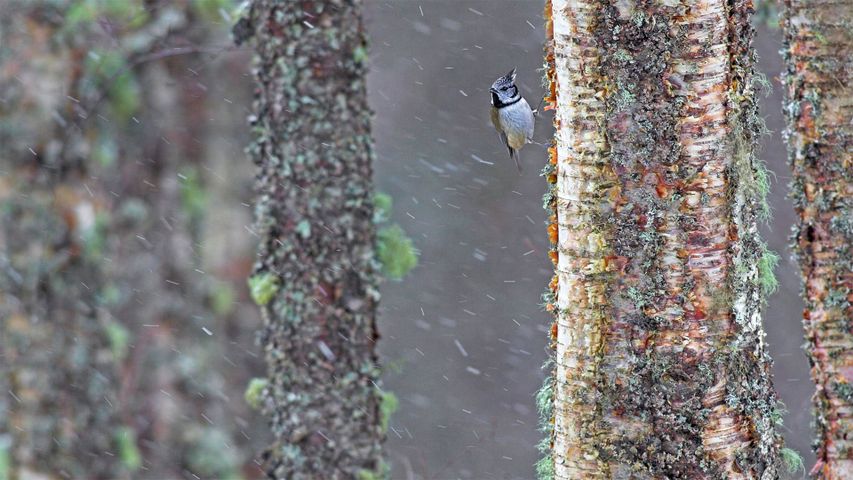
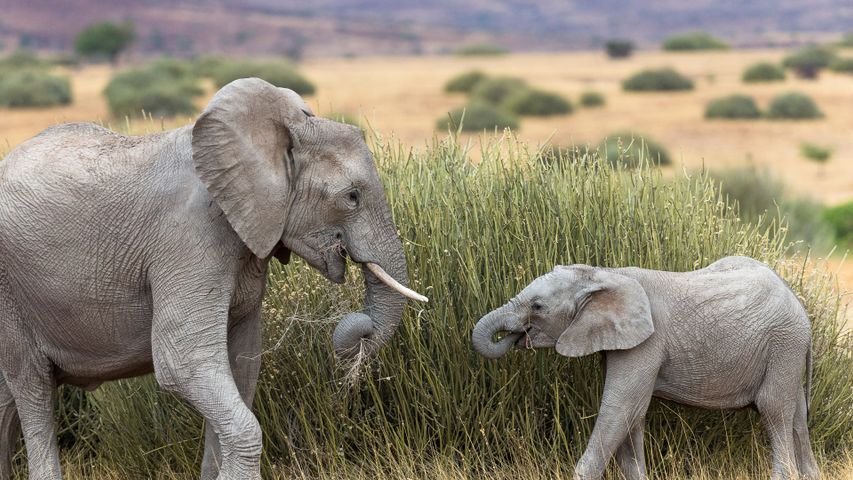
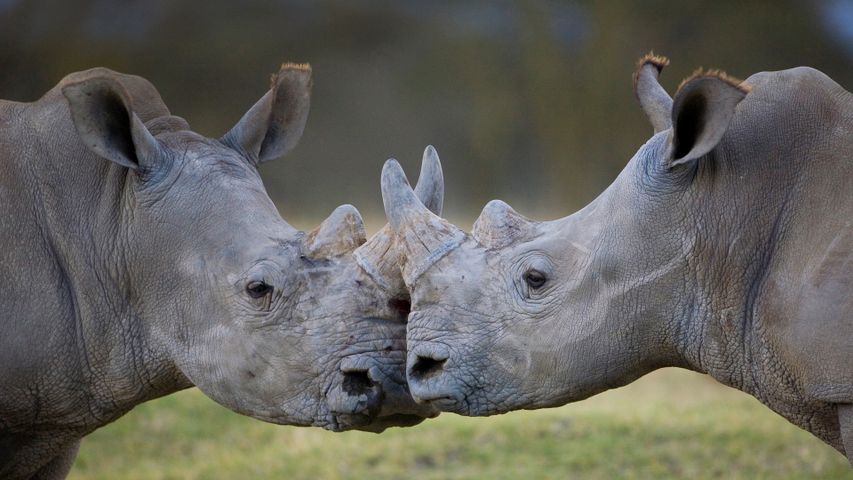 Male white rhinoceroses, Lake Nakuru, Kenya
Male white rhinoceroses, Lake Nakuru, Kenya
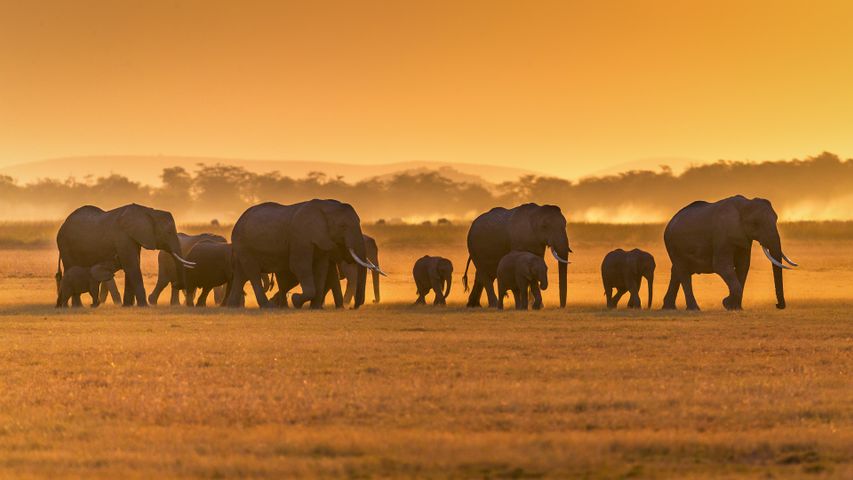 African elephants, Amboseli National Park, Kenya
African elephants, Amboseli National Park, Kenya
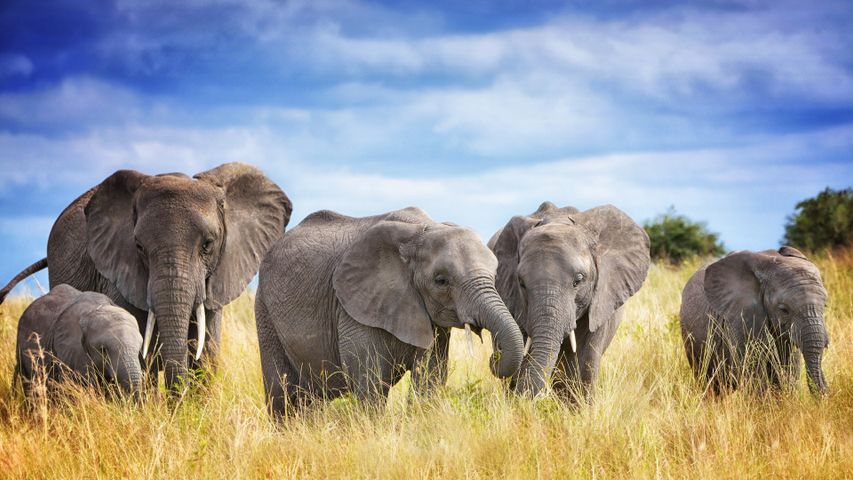 A family of African elephants in Tarangire National Park, Tanzania
A family of African elephants in Tarangire National Park, Tanzania
 Elephant family in Amboseli National Park, Kenya
Elephant family in Amboseli National Park, Kenya
 Elephants near Mount Kilimanjaro, Amboseli National Park, Kenya
Elephants near Mount Kilimanjaro, Amboseli National Park, Kenya
 Herd of African elephants in Amboseli National Park, Kenya
Herd of African elephants in Amboseli National Park, Kenya
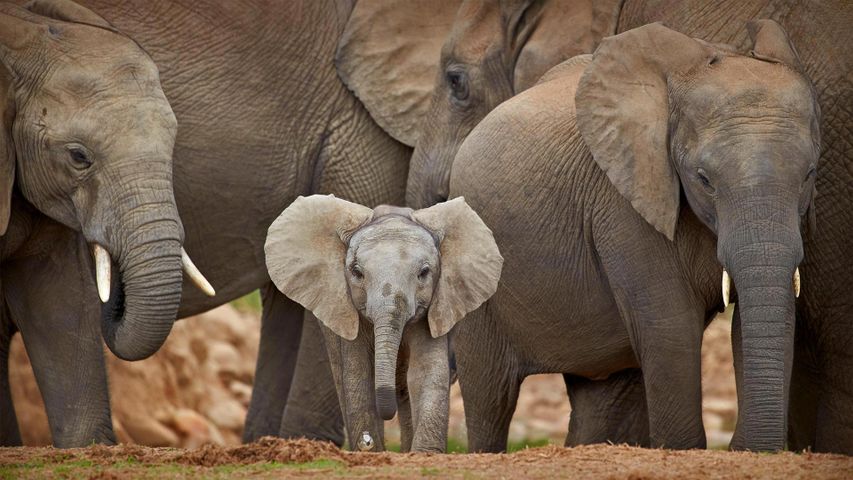 African elephants in Addo Elephant National Park in South Africa
African elephants in Addo Elephant National Park in South Africa
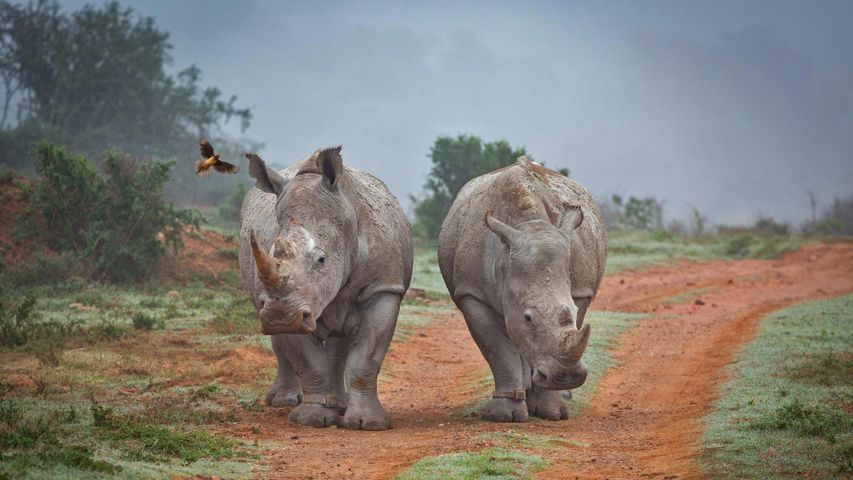 Two rhinos and an oxpecker bird in the Amakhala Game Reserve in South Africa
Two rhinos and an oxpecker bird in the Amakhala Game Reserve in South Africa
